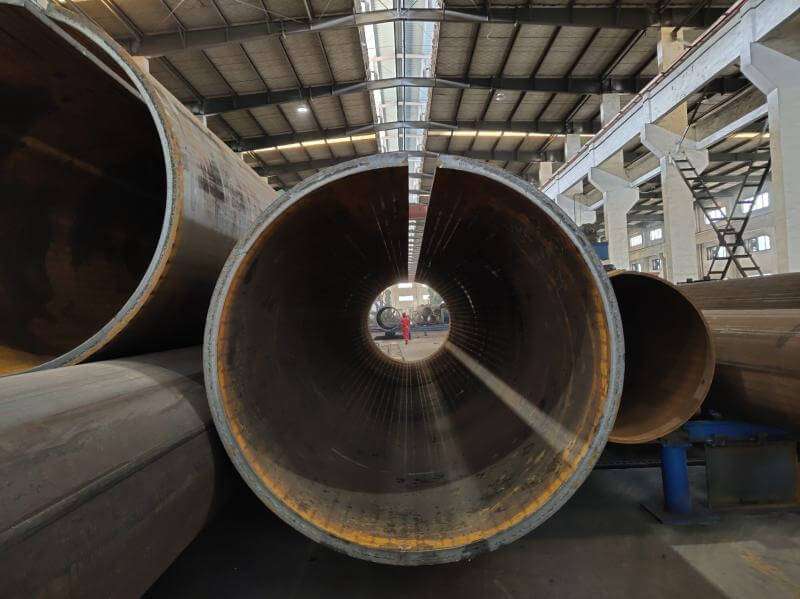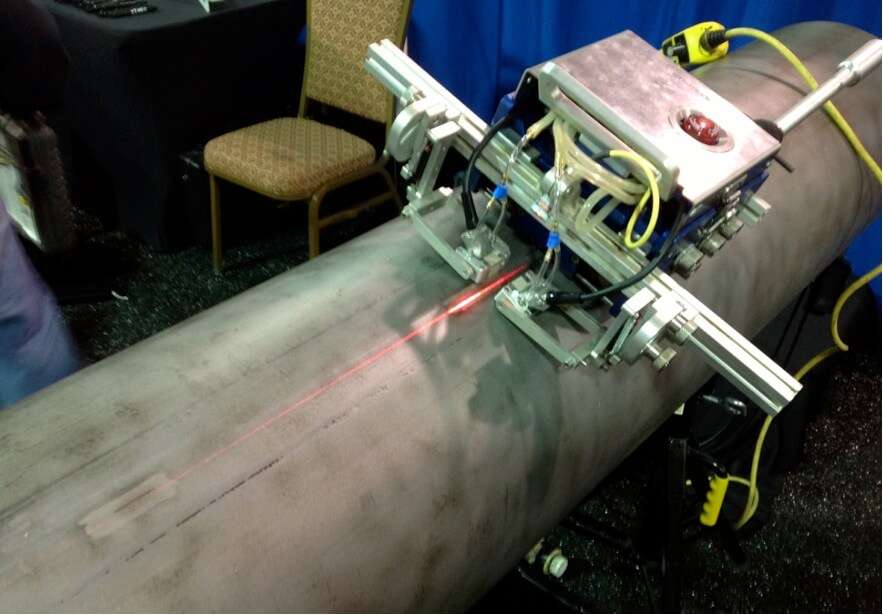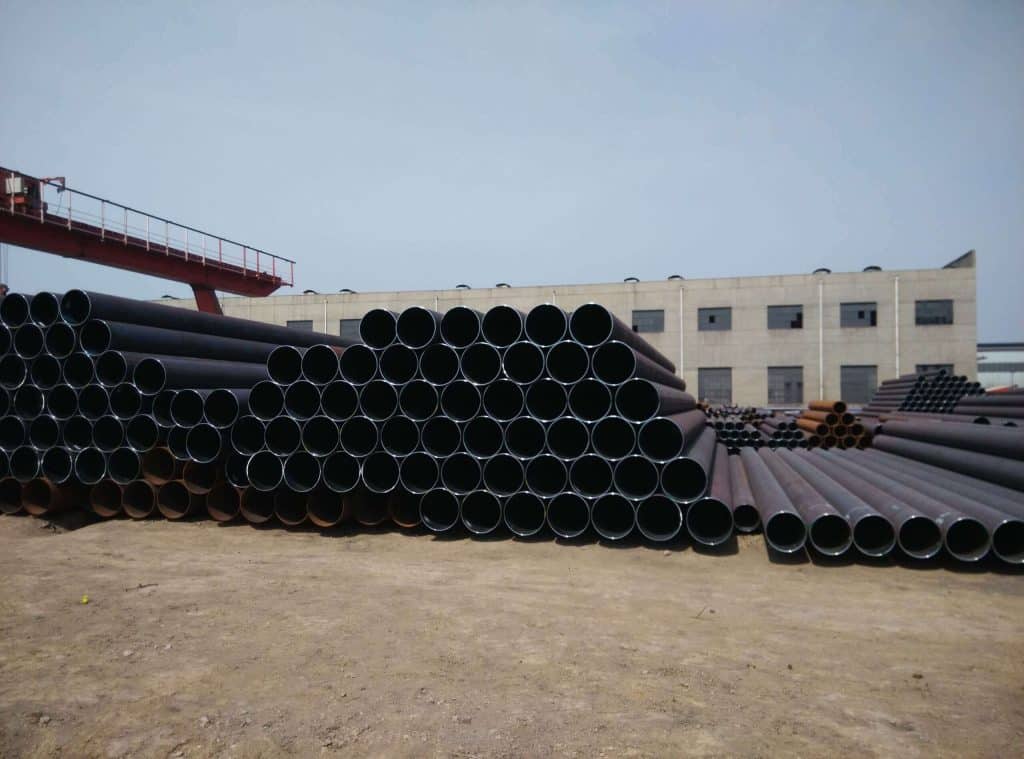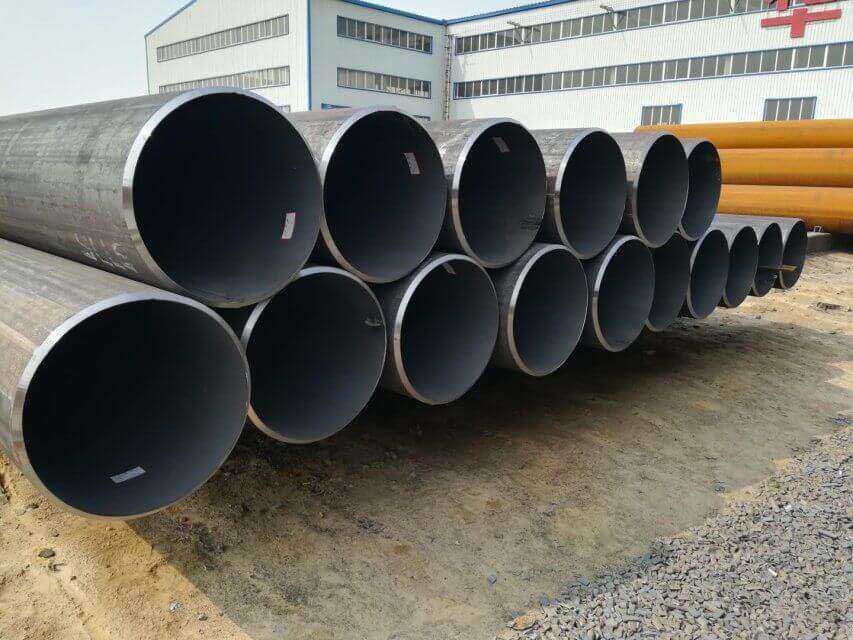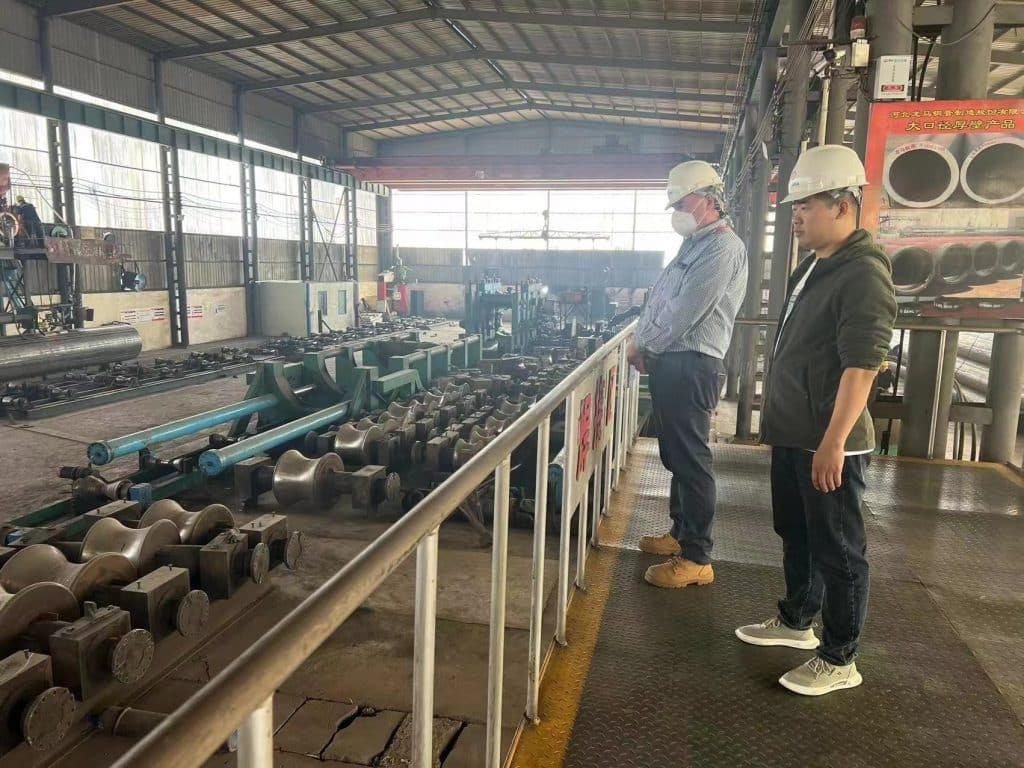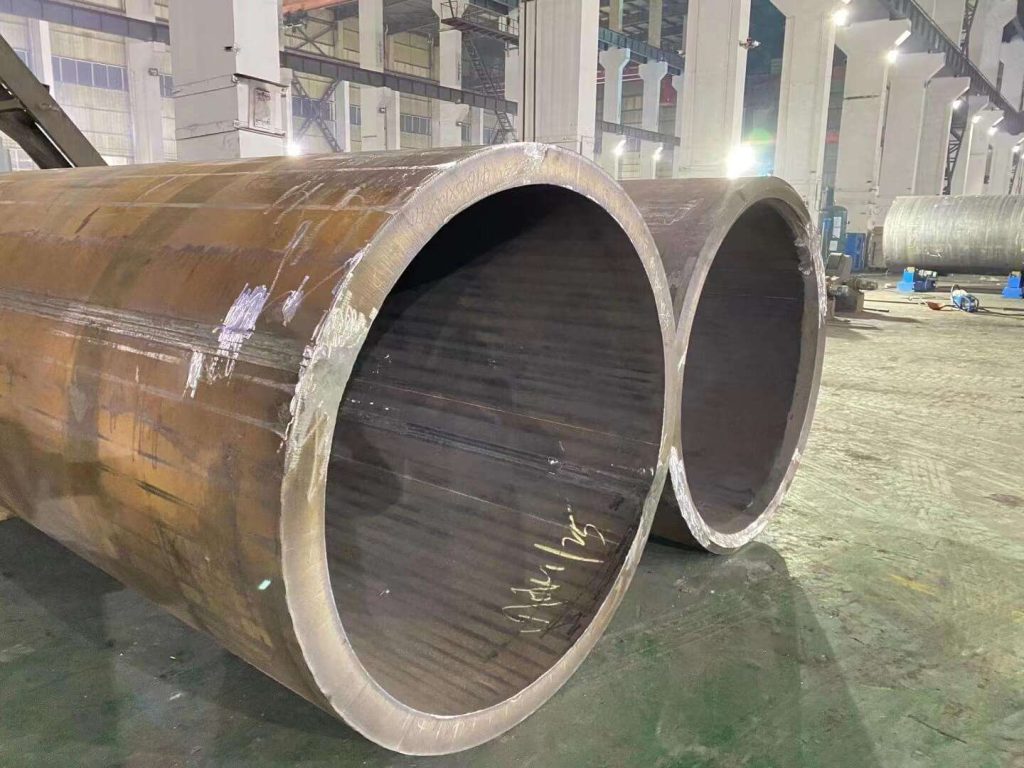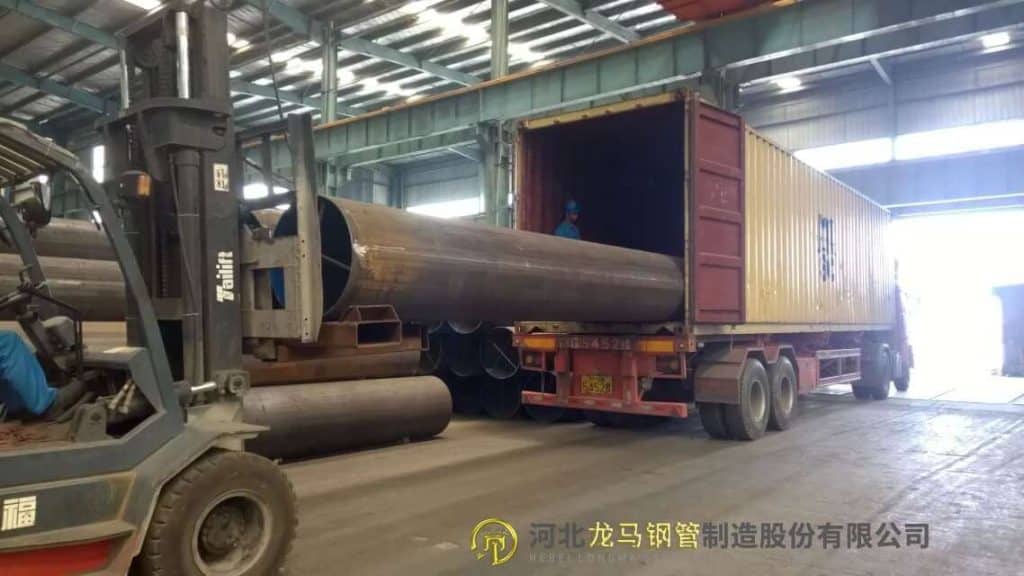For a long time, the theoretical research on the strengthening and toughening of steel has received great attention, and meaningful conclusions have been obtained in many aspects.
During the heat treatment, the steel workpiece will produce different degrees of deformation, especially in the quenching process, the workpiece should be heated to a higher temperature and cooled faster, resulting in complex internal stress and significant volume changes, deformation is often inevitable.

Therefore, it is important to understand the causes of deformation caused by heat treatment and master the basic law of deformation.
The decline of the energy consumption index of each process in the whole large diameter steel pipe industry is mainly due to the increase of secondary energy recovery intensity in each link of the iron and steel industry due to technological progress.
Secondary energy is the recoverable energy in the production process of iron and steel enterprises, commonly known as surplus energy. the structure of thick-walled steel pipe has single phase, but most of them are multiphase, so the use structure of steel parts is often a combination of constituent phase. among them, the composition phase can have interstitial and replacement solid solution, carbide, nitride and intermetallic compound, but also inevitably contains non-metallic phase.
Generally speaking, a-Fe of thick-walled steel pipe can only dissolve a very small amount of C or N at room temperature, which is close to Fe, but it can also be forced to dissolve C or N in the interstitial solution, and can form a mixed multicomponent a solid solution, for example, an a lattice can dissolve C and N and replace solid solution alloy elements at the same time; γ Fe is an unstable phase at room temperature, and the austenite often observed is almost an authentic mixed multicomponent Y solid solution.
Carbides are also often composite carbides; in addition, mechanical mixtures composed of two phases, such as pearlite, are often seen.
What kind of energy can be recovered in the manufacture of thick-walled steel pipes?
(1) waste heat: heat-carrying waste energy, heat energy is more common in the specific form of energy utilization, accounting for about 90% of the secondary energy, so the waste heat is the secondary energy recovery in the iron and steel industry.
(2) process residual pressure: there are three kinds of secondary energy. In the production process of thick-walled steel pipe, the high proportion of secondary available energy is combustible gas, followed by waste heat, and the proportion of secondary energy that can be recycled by residual pressure is relatively small.
In terms of the energy-saving potential that can be realized by the technology of secondary energy in the iron and steel industry, the energy-saving potential of waste heat is great, followed by combustible gas.
(3) flammability surplus energy: usually gas combustibles, which can be recycled as fuel.
Second, what is the carbon structural steel used in the manufacture of thick-walled steel pipes?
(1) the steel number may be followed by a symbol indicating the quality grade and deoxidization method when needed.
The quality grade symbols are A, B, C and D.
Deoxidization symbol F stands for boiling steel, B for semi-steel, Z for steel, TZ for special steel, steel can be unmarked, that is, both ZT and TZ can be unmarked.
(2) Special purpose carbon steel, such as bridge steel, marine steel, etc., is basically expressed as carbon structural steel, but a letter indicating the purpose is appended to the steel number.
(3) it is composed of Q + number + quality grade symbol + deoxidation method symbol.
Its steel number is marked with “Q”, which represents the yield point of the steel, and the following number represents the yield point value, for example, Q235 represents the yield point (σ s) of carbon structural steel whose yield point (σ s) is 235MPa.
Iron and steel enterprises use a large amount of primary energy such as raw coal and oil, and a large number of secondary energy resources are produced in the production process of iron and steel industry consuming energy. such as coke oven gas, blast furnace gas, converter gas, sintering waste heat steam, steelmaking waste heat steam, steel rolling reheating furnace waste heat steam and blast furnace pressure difference and so on.
In order to establish this change law, it is necessary to fully understand the strengthening and toughening mechanism of steel.
Practical steel is basically composed of different amounts of phases of different lattice types, which have different structural forms and distribution patterns, and the strength and toughness of steel is the comprehensive contribution to each relative strength and toughness. therefore, to explore the strength and toughness mechanism of steel is to study the control effect of each relative strength and toughness.
At present, most of the thick-walled steel pipes are produced by hot rolling technology, because the temperature is high, so the deformation resistance is relatively small, and the steel plate is generally used to complete the rectification and rolling process. In this operation, it is also necessary to consider the specific thickness of the steel plate. If the precision requirement is relatively low, then the flatness problem will not occur, mainly based on control, that is to say, in the aspect of temperature control.
At the same time, it is also an issue to be considered, it can be said that this part of the consideration is also very important.
There are distinct quality requirements for thick-walled steel pipes in the market, especially for different alloy elements, which need to be strictly controlled. it is also necessary to consider the dangers and defects of pipe materials after the completion of production, such as cracks, internal and external folds, crackles, delamination, scarring, concave and other problems, which also need to be controlled within the agreed range.
Avoid quality problems.

